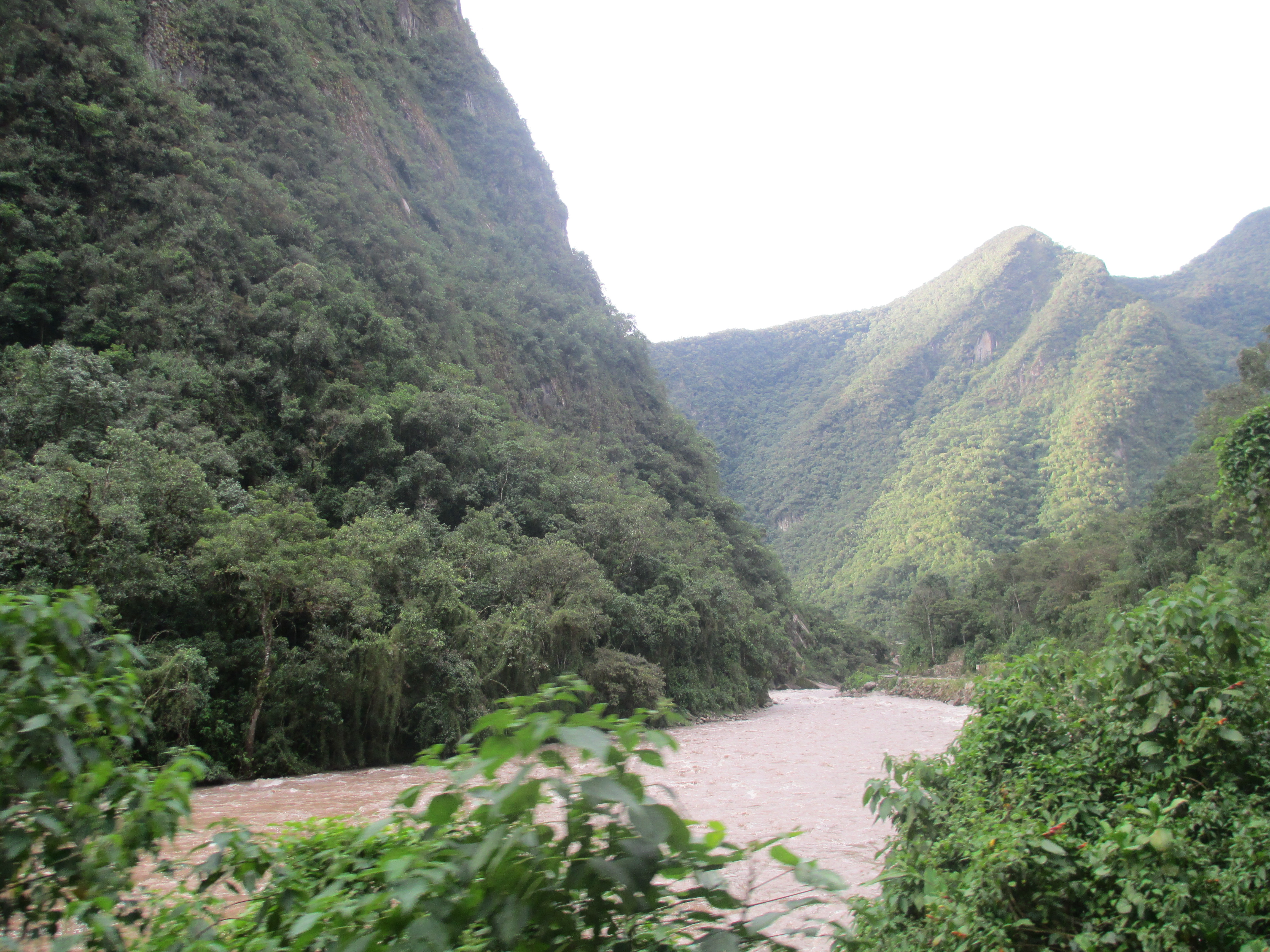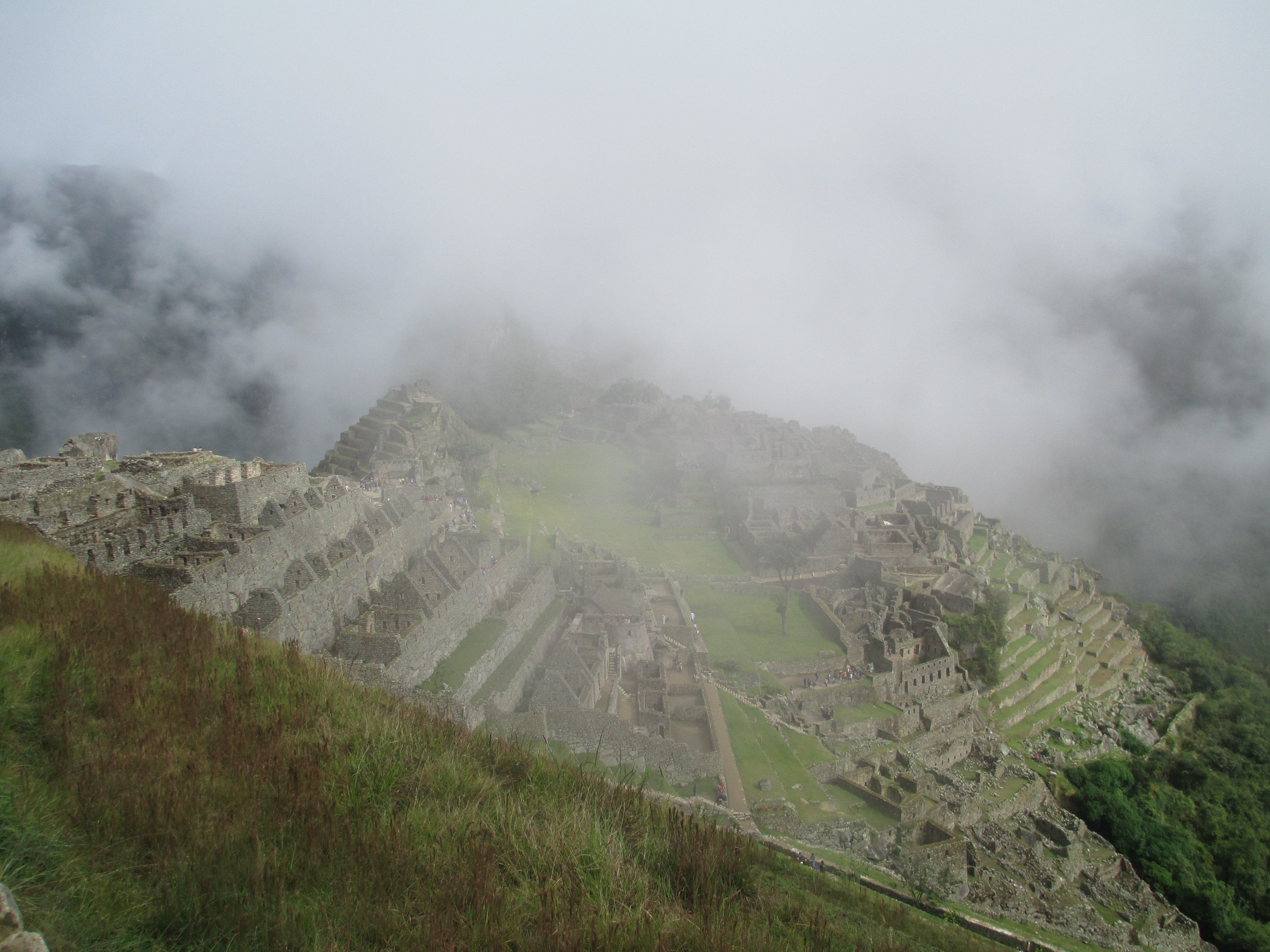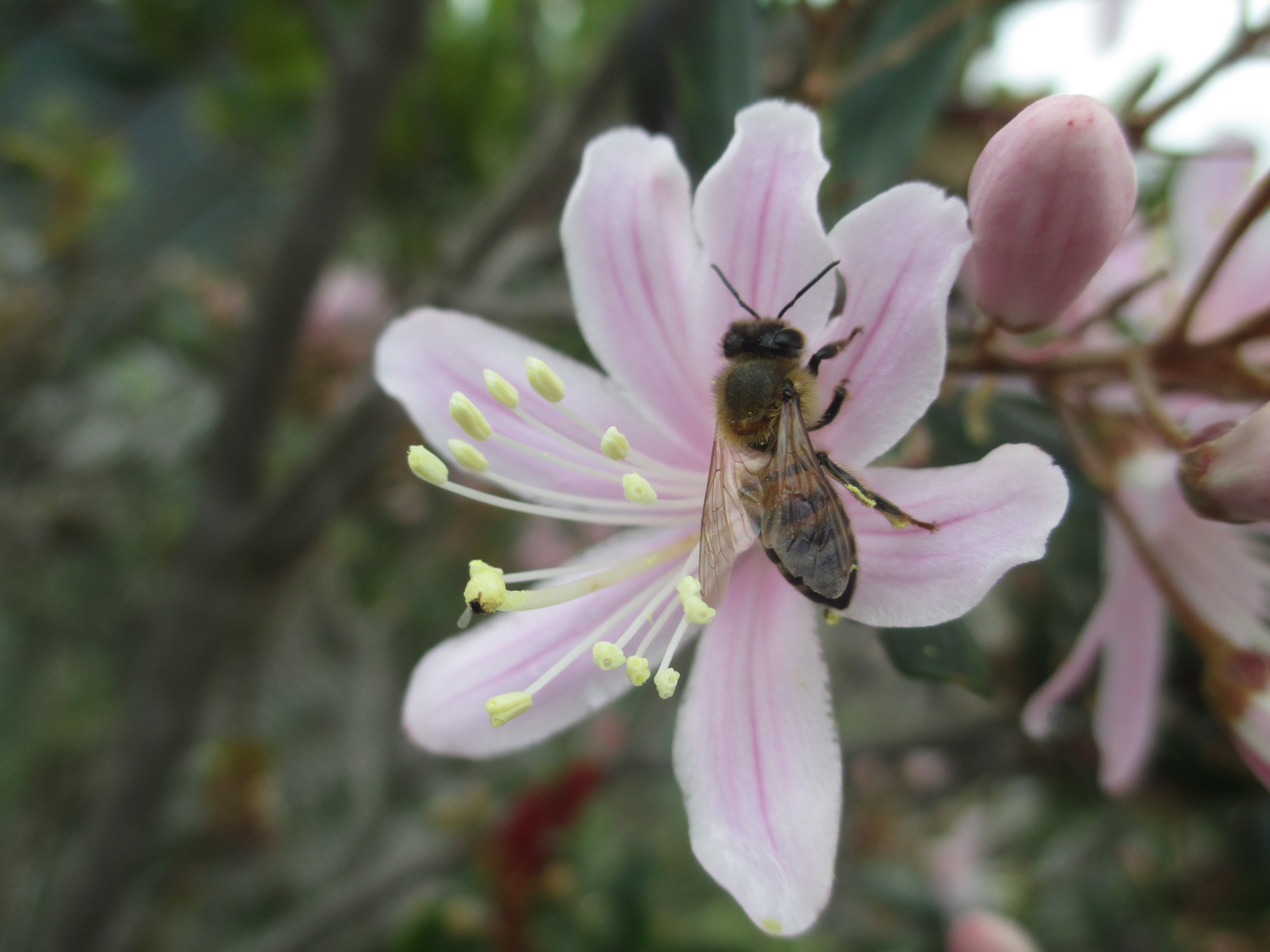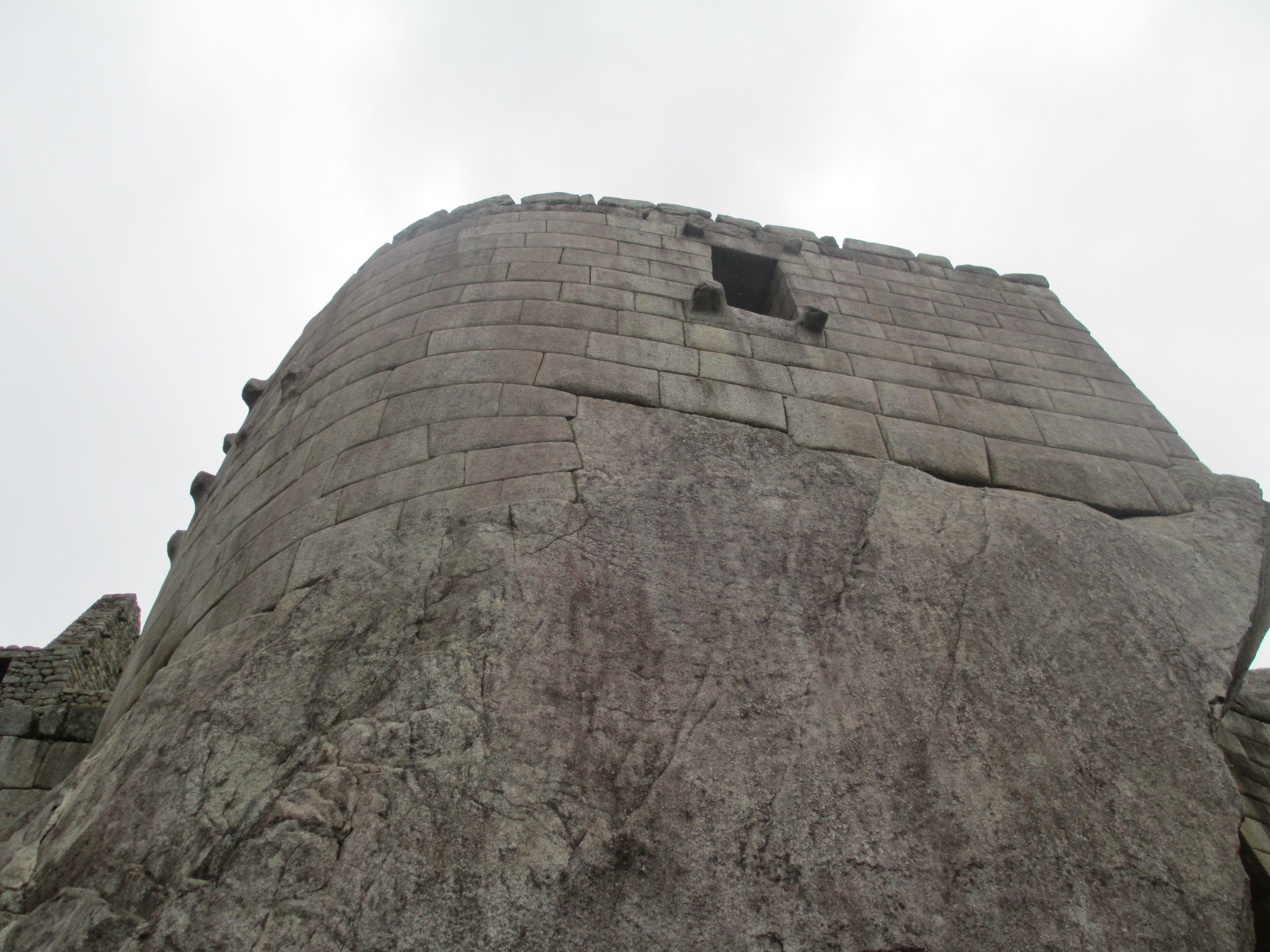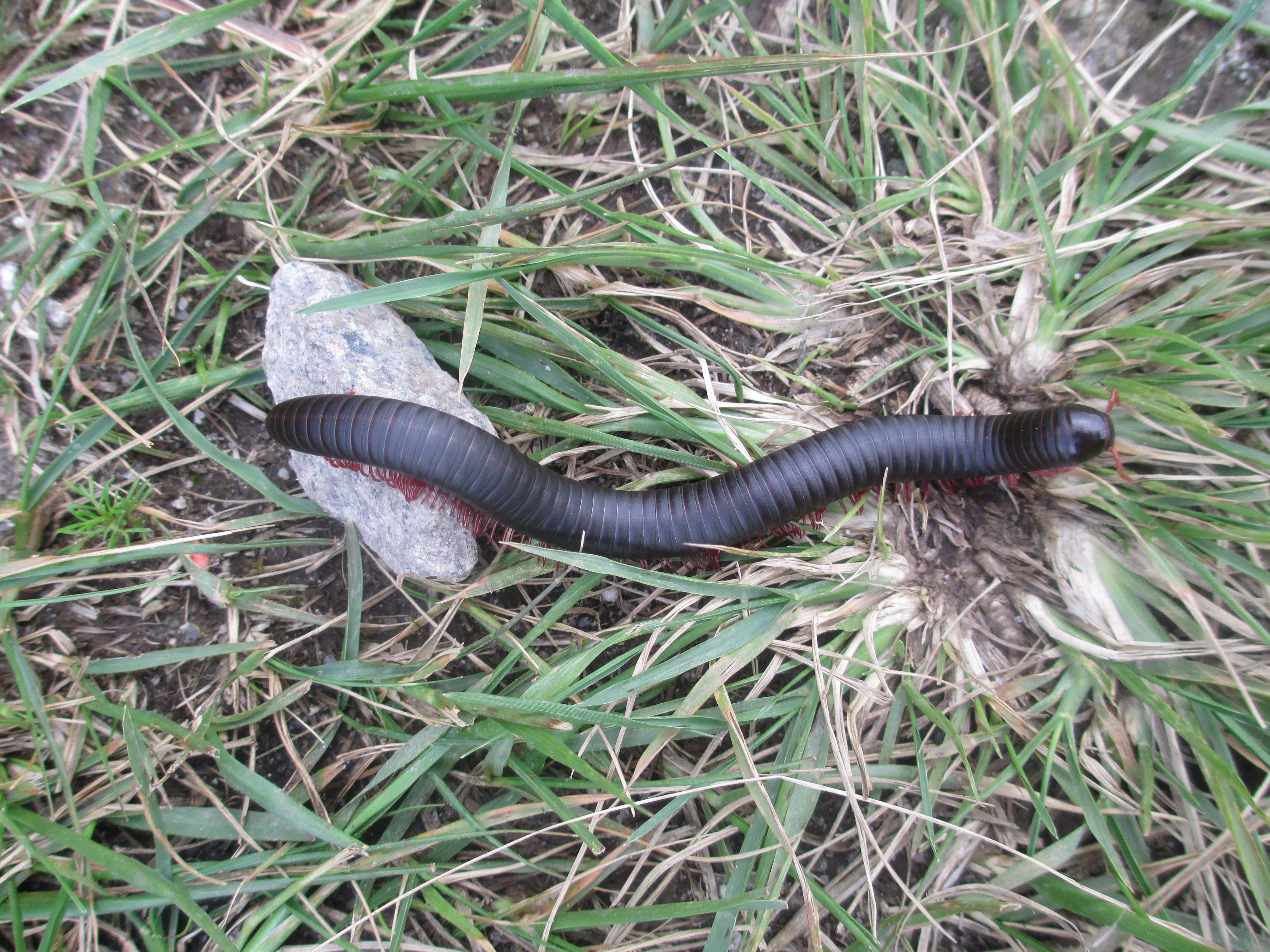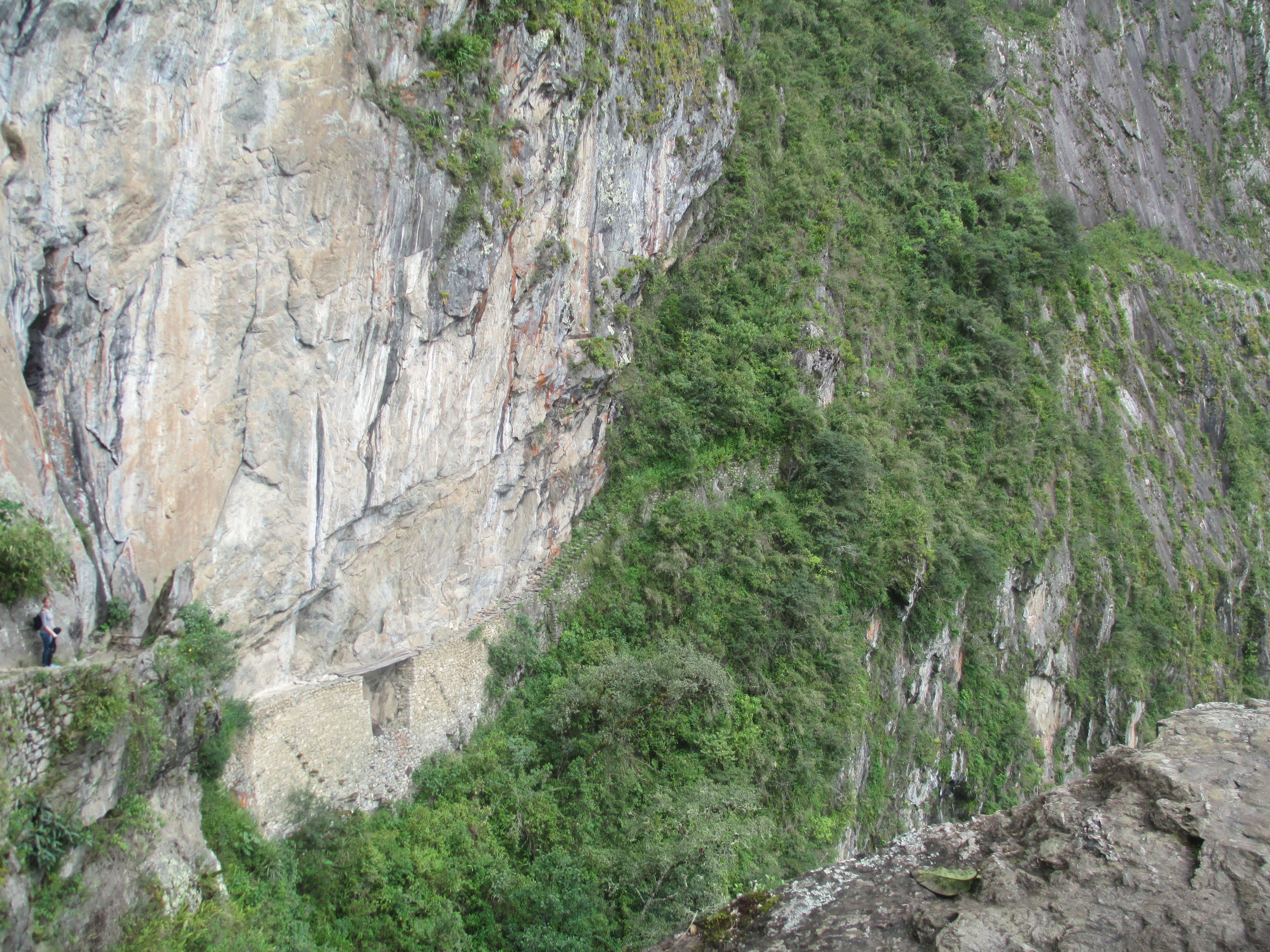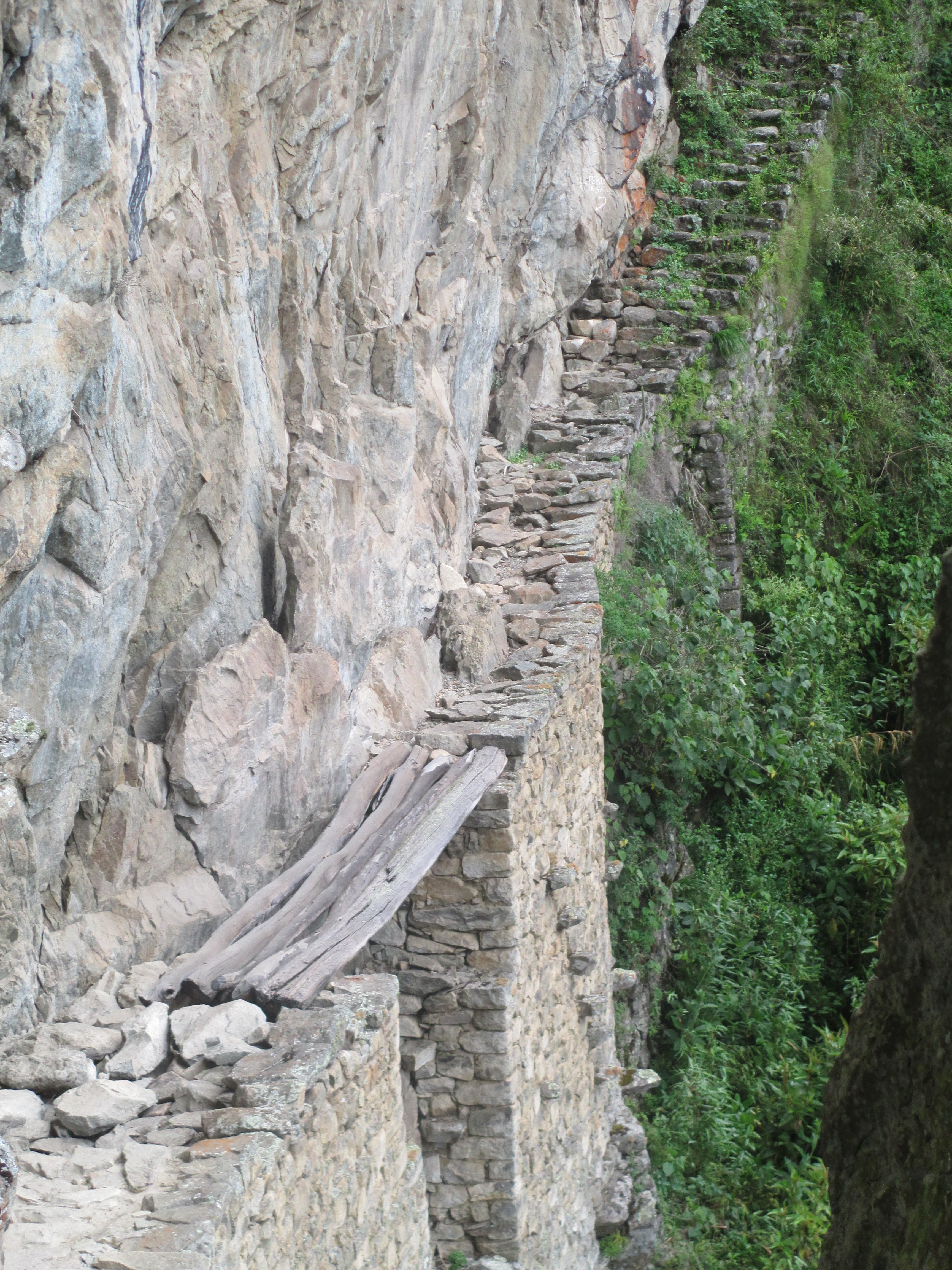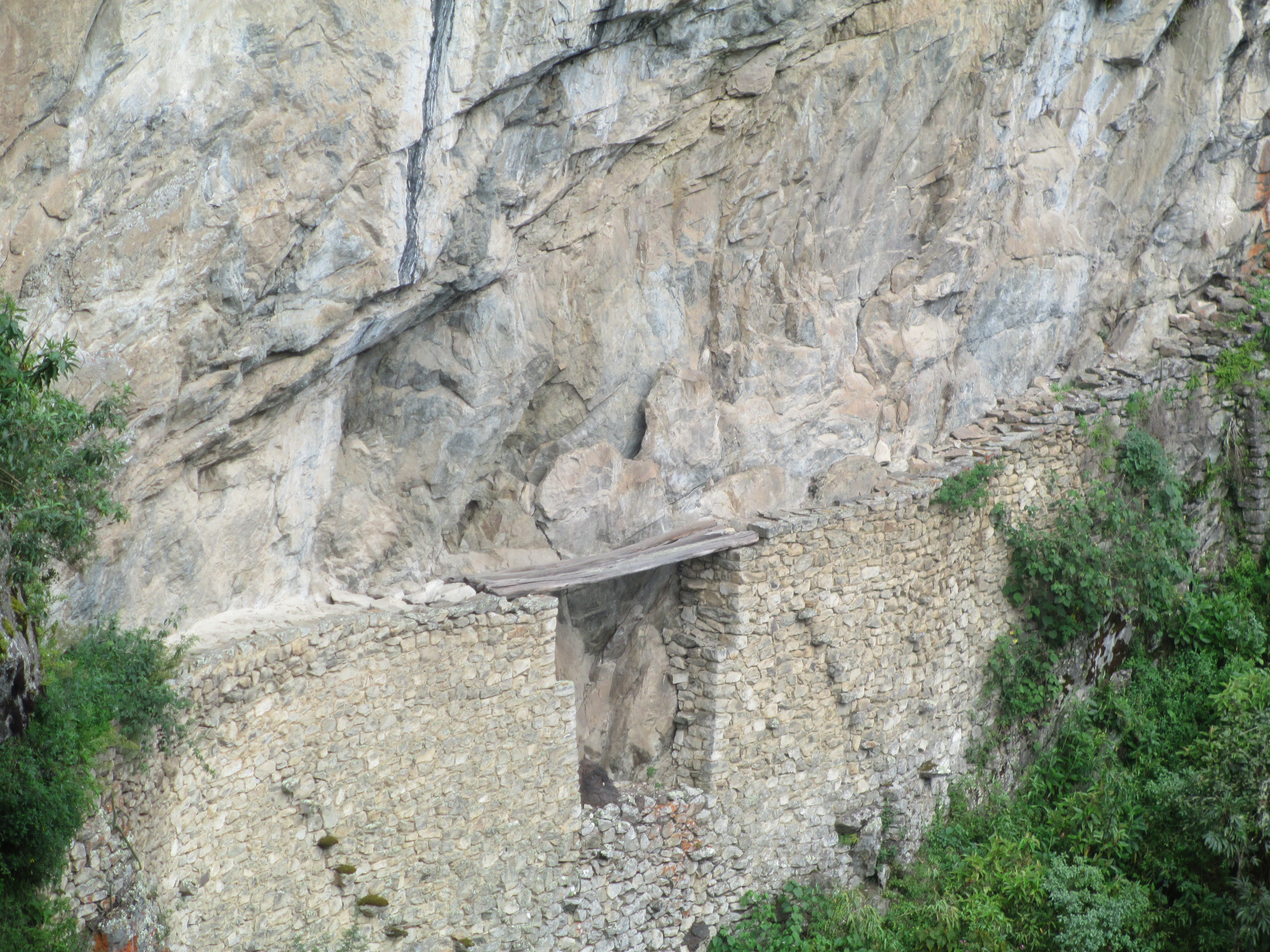Machu Picchu
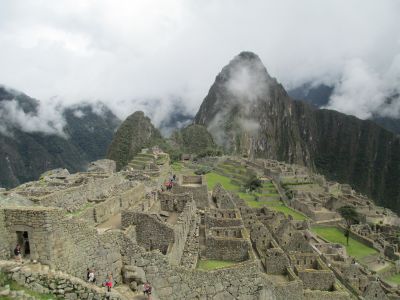
In the Quechua language, Machu Picchu means “Old Peak”. A bit understated, it would seem. For on this majestic outcropping of white granite, the Incas constructed a magnificent citadel — complete with houses, temples, stairways and terraces — incomparable in its beauty and design. Hiram Bingham, a Yale University professor, is credited with discovering the site in 1911. Actually, the locals that led Bingham up the steep slope from the valley below knew full well that an ancient city was perched high above them. But Bingham had something they did not: a degree in archaeology, an early-model Eastman camera and, soon thereafter, support from the Peruvian government and the National Geographic Society to strip away the vegetation covering the citadel and begin demonstrating to the entire world how wonderful it was.
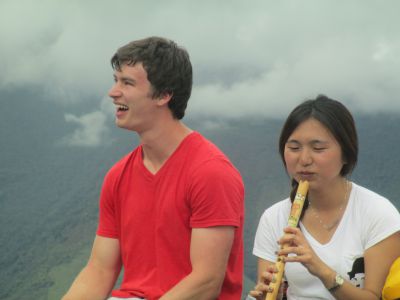
Wonderful indeed — Machu Picchu is counted as one of the “New” Seven Wonders of the World, along with the Great Wall of China, Mexico’s Chichen Itza and India’s Taj Mahal. All of the original seven wonders, except the Great Pyramid of Giza, disappeared long ago. Today more foreign travelers visit Machu Picchu than any other place in South America. And one look is enough to understand why. Our students were blessed to count themselves among the growing number of people who know this place, arriving in the first wave of visitors on a cool, misty morning. We spent the entire day exploring the ancient city, enough time to climb Huayna Picchu (“Young Peak”), walk the Inca Trail as far as the Sun Gate, check out the Inca Bridge at the seldom-visited western end of the complex and, finally, find a place to sit, take a deep breathe and soak in the silence and majesty all around.




